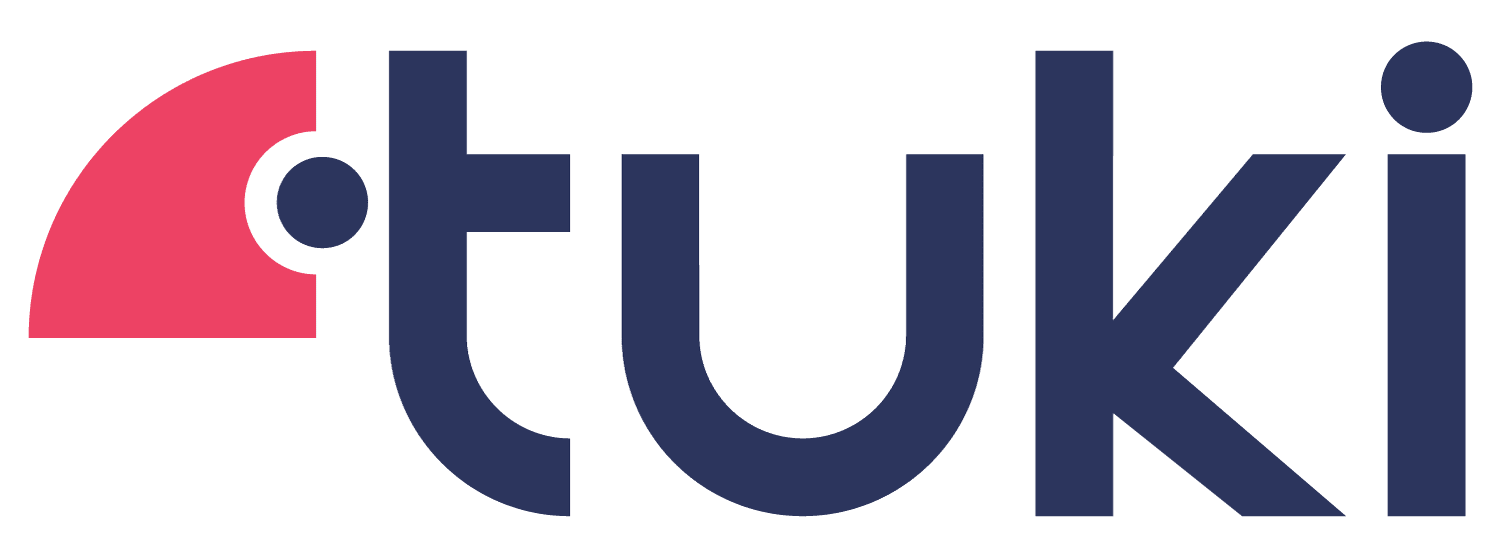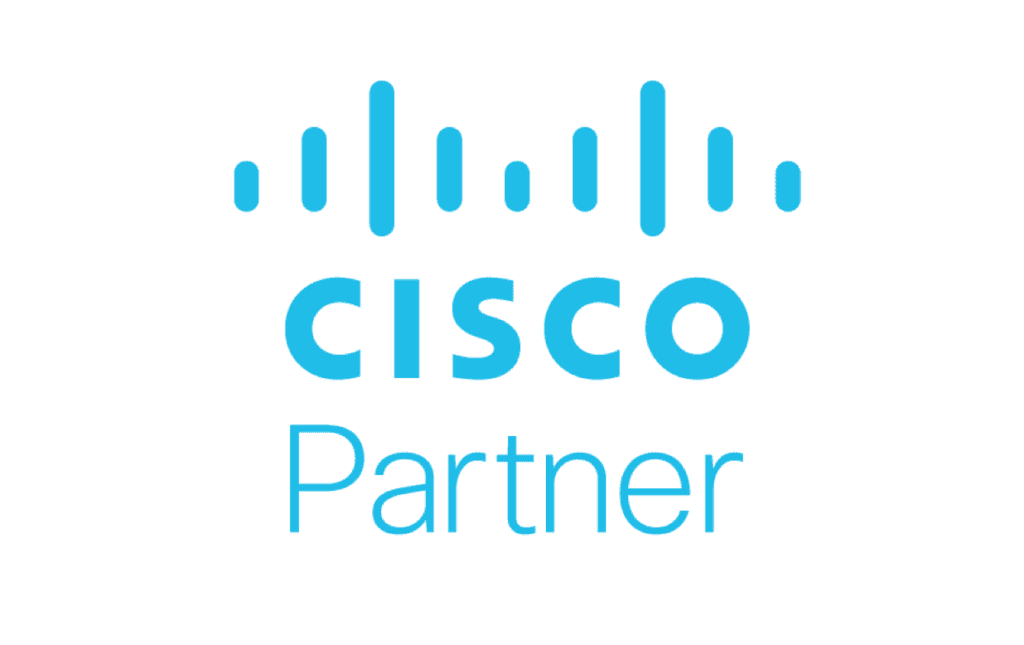What Is Automated Cloud Provisioning in UC?
Automated cloud provisioning in Unified Communications refers to the use of software tools and APIs to configure, deploy, and manage UC resources like users, devices, and services without manual intervention. It includes everything from onboarding new employees to assigning phone numbers, voicemail, and collaboration tools like Webex Calling or Microsoft Teams.
Traditional provisioning requires IT staff to manually set up accounts, configure dial plans, and track licenses across platforms. Automated cloud provisioning replaces this repetitive work with scripts, workflows, and policies that execute in real-time, allowing UC teams to focus on higher-level tasks.
Automation in UC provisioning often includes:
- Integration with HR systems for user lifecycle management
- Real-time synchronization with cloud platforms
- Rule-based logic for assigning roles and services
- Pre-built templates for speed and consistency
- API-driven workflows for custom environments
This shift to cloud automation helps enterprises deliver faster onboarding, improve operational accuracy, and ensure secure provisioning at scale.
Risks of Manual Provisioning in Large UC Environments
As UC environments grow, manual provisioning becomes unsustainable. IT teams face increasing complexity in managing diverse devices, users, and global locations. Manual tasks introduce a range of business risks:
- Human Error: With repetitive forms and multiple configuration fields, small mistakes like incorrect dial plans or mismatched extensions can result in broken services, downtime, or security vulnerabilities.
- Slow Turnaround Times: Manual provisioning creates bottlenecks. It often takes hours or days for new users to be set up or for service changes to go live, delaying productivity.
- Security Gaps: Failing to de-provision users properly or inconsistently applying permissions opens the door to security incidents. This is especially risky in regulated industries.
- Inefficient Resource Use: IT admins spend a disproportionate amount of time handling low-value, repetitive tasks. Without automation, managing UC systems becomes reactive rather than strategic.
- Inconsistent User Experience: Without templates or policies, users in different departments or regions may receive different service levels, leading to confusion and dissatisfaction.
For modern IT leaders, relying on manual provisioning not only increases support tickets but also undermines the scalability and agility that cloud-based UC promises.
Key Benefits of Automating UC Provisioning
Automated cloud provisioning addresses the core pain points of manual processes while unlocking new operational advantages:
- Error Reduction and Consistency: Automation eliminates the variability of manual inputs. Every user receives the correct services, settings, and permissions through rule-based logic and templates.
- Faster Onboarding and Offboarding: Provisioning becomes a near-instant process. As soon as an HR record is created or removed, UC services are automatically configured or revoked in sync.
- Improved Security and Compliance: Automated de-provisioning ensures users no longer have access to sensitive data once they leave the company. Audit trails and role-based access control simplify compliance with GDPR, HIPAA, and other regulations.
- Scalability Across Sites and Platforms: From 50 to 50,000 users, automation scales effortlessly. UC provisioning can be managed globally with standardized policies while accommodating local requirements.
- IT Efficiency and Focus: By automating repetitive work, IT teams reclaim time for innovation and strategic projects. Fewer errors also mean fewer support tickets and escalations.
- Self-Service Enablement: With automated workflows, non-technical teams can request changes or add users via self-service portals, without involving IT. This decentralizes provisioning while maintaining control.
How Tuki’s Platform Automates Cloud Provisioning Tasks
Tuki eliminates the manual work behind UC provisioning with an automation-first platform that delivers speed, simplicity, and governance at scale.
Here’s how Tuki makes it work:
- Real-Time Integration with UC Platforms: Tuki integrates natively with Cisco CUCM, Webex Calling (multi-tenant and dedicated instance), and other cloud-based UC platforms. It syncs live with your environment – No need to export, import, or rely on outdated data sets.
- Zero-Touch User Provisioning: When a new hire is added in HR, Tuki automatically provisions the user with the correct extension, device settings, call routing, and permissions. Offboarding works the same way, No manual cleanup required.
- Pre-Configured Templates and Workflows: Admins can define templates based on department, location, or role. Whether you’re onboarding a remote sales rep or provisioning 200 call center agents, Tuki ensures every user gets the right setup.
- Support for Multi-Site, Hybrid, and Global Environments: Tuki supports complex deployments with multiple PBXs, hybrid cloud/on-prem mixes, and global locations. Provisioning rules adjust dynamically to fit your architecture.
- Robust Self-Service Options: Tuki empowers IT and non-IT users with intuitive self-service tools. Departments can manage provisioning requests or small changes without escalating to IT.
- Audit, Security, and Governance: Every provisioning action is logged and traceable. Tuki supports RBAC, integrates with your identity provider, and enforces policies that match your security framework.
- GUI + API Access for Full Control: Whether you prefer a no-code GUI or API-driven provisioning workflows, Tuki offers both. Customize your provisioning experience while maintaining guardrails and oversight.
FAQs
What is UC provisioning?
UC provisioning is the process of setting up users, devices, and services in a unified communications system. It includes configuring phone numbers, voicemail, extensions, permissions, and routing rules.
How does automated cloud provisioning reduce errors?
By replacing manual inputs with templates and logic-based workflows, automated provisioning ensures consistent setups, eliminates typos, and applies the correct policies across all users and locations.
Is zero-touch provisioning part of cloud automation?
Yes. Zero-touch provisioning refers to setting up users or devices without manual input. It’s a core feature of cloud-based UC automation and significantly reduces IT workload while increasing accuracy.











